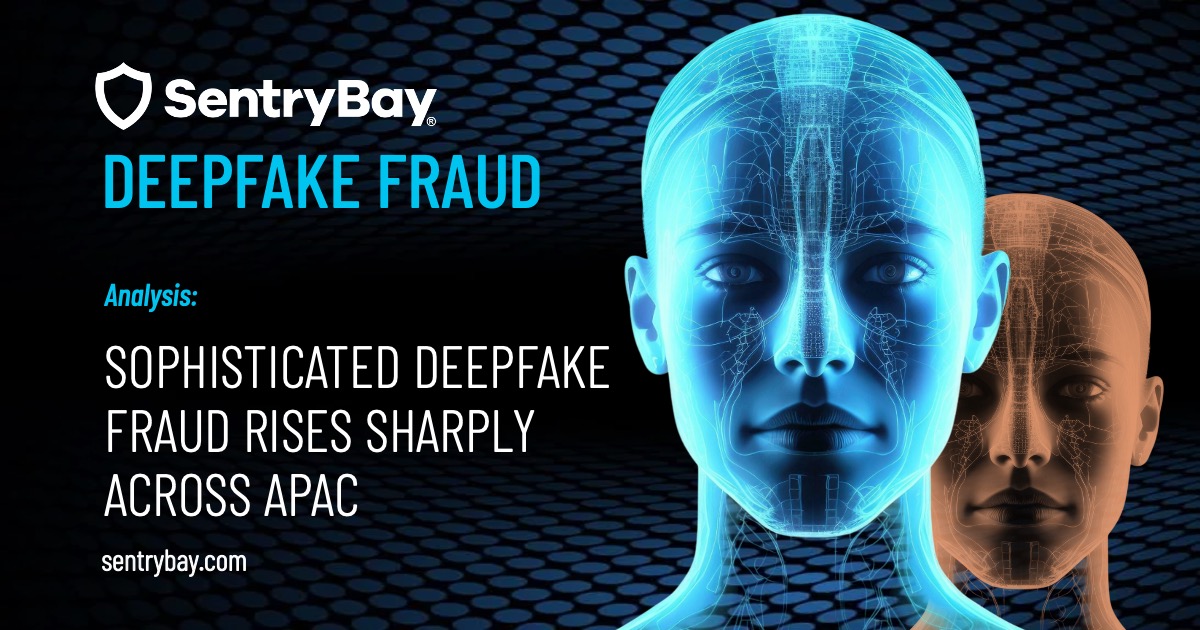
The cybersecurity landscape is evolving rapidly, and attackers are leveraging every available opportunity to exploit trending technologies. The recent DeepSeek breach—where malicious actors impersonated DeepSeek AI tools on the Python Package Index (PyPI)—is a stark reminder of how easily cybercriminals can infiltrate developer ecosystems.
Researchers at Positive Technologies uncovered two typosquatted packages—”deepseekai” and “deepseeek”—designed to trick developers, machine learning engineers, and AI enthusiasts into downloading malicious software. These fake packages contained infostealers, designed to harvest sensitive information such as API keys, database credentials, and system permissions.
Typosquatting: A Low-Tech but Highly Effective Attack
Despite the advanced nature of DeepSeek’s AI capabilities, this particular cyberattack was decidedly low-tech. Typosquatting attacks remain popular because they work—developers, often working under pressure, may mistype a package name or assume a similarly named package is legitimate. The result? They inadvertently introduce malicious code into their environments.
While the malicious PyPi packages have been removed, the evidence suggests they were downloaded nearly 200 times before discovery. More concerningly, the account responsible—created in June 2023—had remained dormant for months before launching the campaign in early 2024. This underscores a growing trend where attackers play the long game, strategically waiting for the right moment to strike.
AI is Now Writing Malicious Code
In a novel twist, researchers found indications that the malicious code itself was generated using AI. This presents a chilling reality—AI is not just a defensive tool in cybersecurity; it is now being weaponized to write and deploy attacks. As AI-driven development scales, so too will the volume of AI-generated malicious code.
Cybercriminals are increasingly adept at leveraging automated tools to speed up malware development, improving their ability to deceive developers and security teams. The DeepSeek breach is just one example of how AI is being used against AI, forcing organizations to rethink their cybersecurity strategies.
The Cost of Overlooking Security in AI Development
The attack was successful because it preyed on developer enthusiasm. In the rush to integrate DeepSeek’s capabilities, developers overlooked a critical red flag—they were downloading packages from an account with no established reputation. This oversight resulted in compromised environment variables, leaked secrets, and a broader risk to any applications leveraging the tainted packages.
This incident highlights a critical lesson: any technology gaining rapid popularity will inevitably become a target. Security leaders must be proactive in protecting development environments from these evolving threats.
Proactive Defense: Securing the Software Development Lifecycle
To mitigate the risks associated with OSS typosquatting and AI-driven cyberattacks, organizations must embed security into every stage of the software development lifecycle (SDLC). Best practices include:
- Software Composition Analysis (SCA): Regular scanning of dependencies to detect malicious packages.
- Automated Vulnerability Scanning: Early detection of vulnerabilities in third-party code.
- Strict Package Verification: Implement policies that restrict the use of unverified open-source components.
- Threat Intelligence Monitoring: Continuous tracking of emerging threats, particularly within AI and machine learning ecosystems.
- Dependency Scanning Tools: Leveraging GitHub Dependabot and similar solutions to automatically flag potentially harmful dependencies.
How SentryBay’s Armored Client Protects Against Emerging Threats
For enterprises and government agencies, the DeepSeek breach serves as a warning about the increasing sophistication of cyberattacks targeting software supply chains. Organizations leveraging Virtual Desktop Infrastructure (VDI) environments can significantly mitigate these threats by using SentryBay’s Armored Client.
SentryBay’s Armored Client provides a secure execution environment, preventing malware—like the infostealers hidden in the DeepSeek-impersonating packages—from stealing sensitive credentials and API keys. By shielding VDI sessions from keystroke logging, screen scraping, and unauthorized data access, Armored Client ensures that even if a developer inadvertently downloads malicious code, the threat is neutralized before it can cause damage.
For organizations not currently leveraging SentryBay’s solutions, this incident is a wake-up call—security must be an integral part of software development and AI adoption strategies. The rise of AI-assisted cyber threats demands AI-powered defenses, and proactive security measures will be the defining factor in safeguarding enterprise environments against the next wave of attacks.



